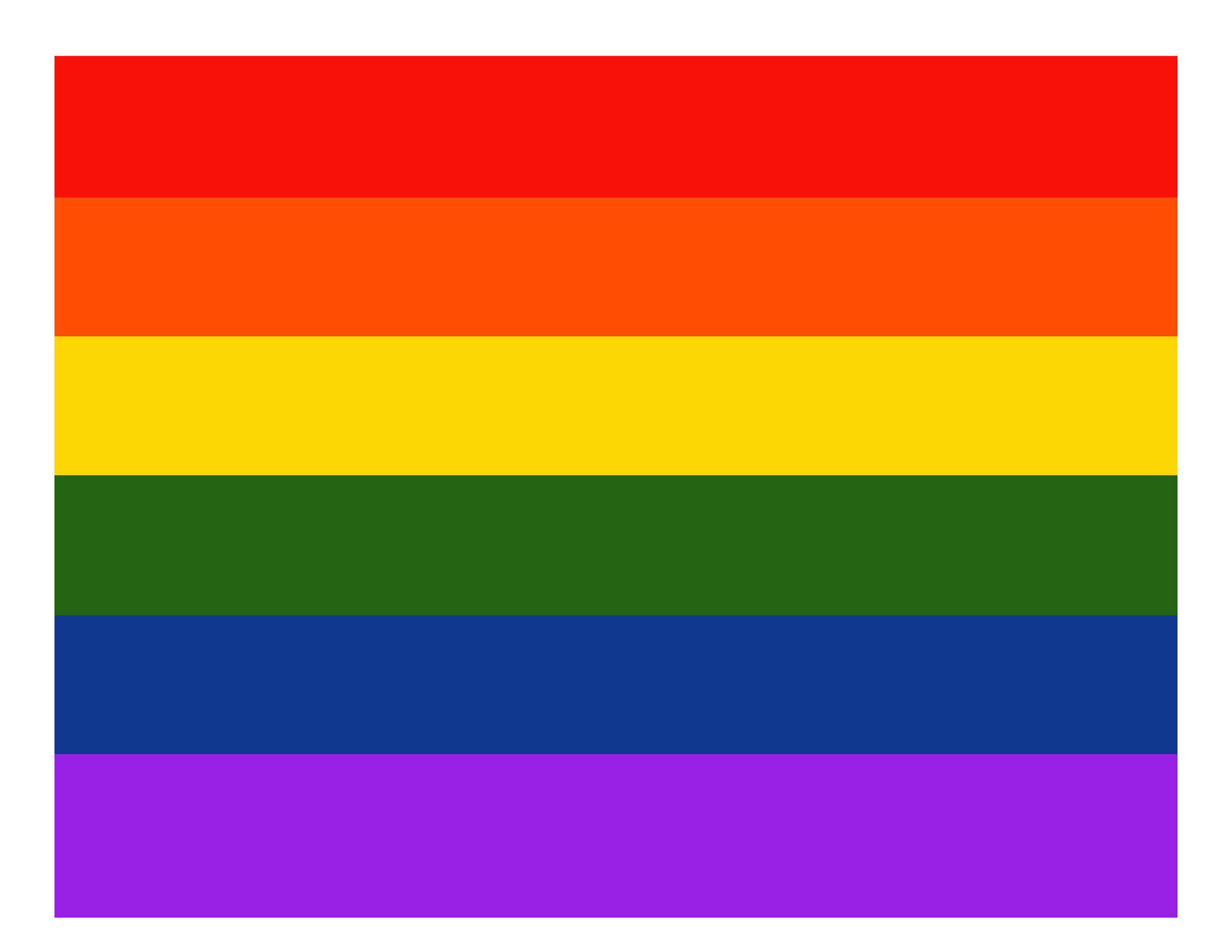

Hard, dangerous drugs like heroin had replaced mind-expanding psychedelics. By the mid-1970s, the Haight-Ashbury neighborhood that had once been a psychedelic playground of hippie art, culture, and music had fallen into disarray. While the upper class and tech interests rule the city now, in the 1960s and 70s, San Francisco was a wonderland for low and no-income artists. When many LGBTQ people see a rainbow flag flowing in the wind, they know they are safe and free. A forever symbol of where they started, where they have come, and where they need to go. Now, the rainbow flag has become the symbol for the LGBTQ community, a community of different colors, backgrounds, and orientations united together, bringing light and joy to the world. They also represent the Peruvian city of Cusco, are flown by Indians on January 31st to commemorate the passing of the spiritual leader Meher Baba, and since 1961, have represented members of international peace movements. Rainbow flags were flown by Buddhists in Sri Lanka in the late 19th Century as a unifying emblem of their faith. In the 18th Century, the English-American revolutionary and author, Thomas Paine, advocated adopting the rainbow flag as a universal symbol for identifying neutral ships at sea. The German theologian, Thomas Müntzer, used a rainbow flag for his reformist preachings. Their origin can be traced to at least the 15th Century. Though it may seem like a modern phenomenon, rainbow flags have waved throughout history. For a moment, we can see the invisible structure, the “body” of light, made visible. They have symbolized hope, peace, and the mysteries of existence. A greeting of light and serenity after the darkness and chaos of a storm. While there are disputed accounts on the flag’s origins, one thing that is not disputed is that the LGBTQ rainbow flag was born in San Francisco and made for the Gay Freedom Day Parade on June 25, 1978.įor all of human history, rainbows have mystified and inspired.

It was his story which he lived and became. Before his death in 2017, Baker established himself as the complete authority on the LGBTQ rainbow flag. Gilbert Baker, the self-titled “Creator,” screamed the story and now has a powerful estate behind his legacy. While it was the work of many, the people who deserve credit the most have been minimized if not erased. Many enduring symbols that establish an instant understanding and define a diverse community are intrinsically linked with controversy, confusion, and ill-informed backstories dictated by vested interests and those who told the story loudest. By August Bernadicou with additional text and research by Chris Coats


 0 kommentar(er)
0 kommentar(er)
